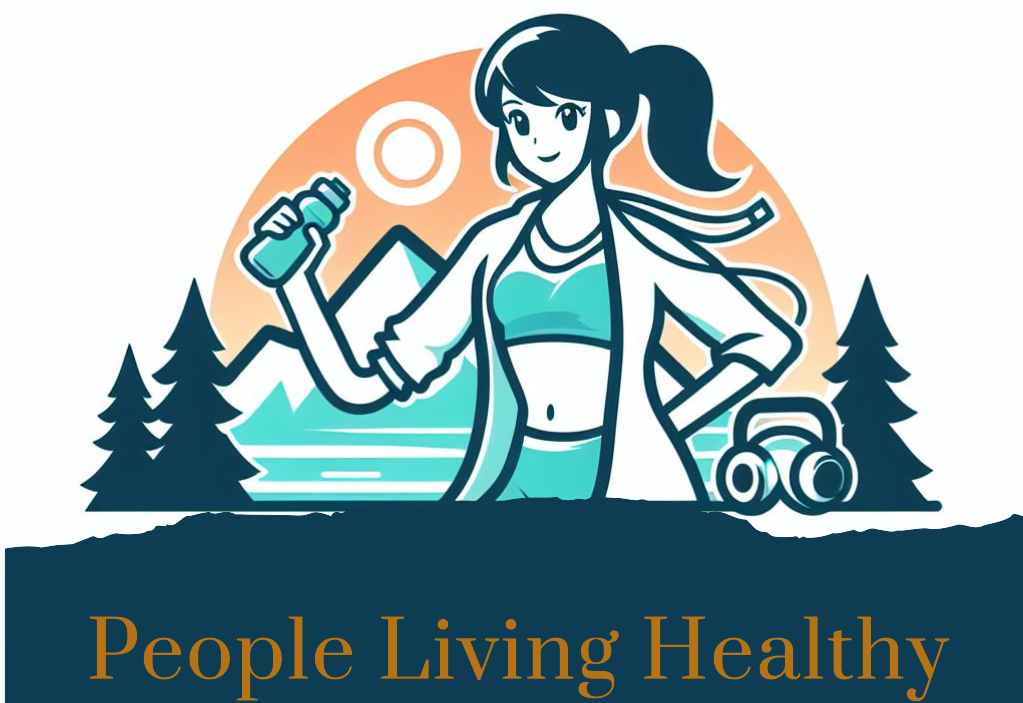Which is the Healthier Option? Navigating the Nutritional Maze

Which of these is the healthier option? To eat or not to eat? These are just two of the questions that we ask ourselves when at the supermarket or out to eat. The nutritional advice we receive from online sources and enticing photos in marketing schemes can be not only confusing but overwhelming. In today’s era, the supermarket aisles are more like a labyrinth, with each turn presenting a new, supposedly healthier option. Terms like “cage-free,” “organic,” and “free-range” bombard us from every shelf, making it a super human task to decipher what’s genuinely beneficial for our health.
After living in Spain for over 20 years, I feel privileged to have been able to buy from the local butchers, fishmongers and vegetable stands. I cooked with olive oil made from the local olive groves grown in Southern Spain. I ate at my favorite restaurants and bars knowing who was in the kitchen and their cooking process. Compared to those my age I have 20+ years of eating the Mediterranean diet rather than the American processed diet and for that my health is grateful.
The American Diet vs Any Other Diet
I just read that the Mediterranean diet is rated among the top 3 best diets by US News & World Report in 2024. In fact, it has ranked among the best diets for seven years in a row now. So where is the American Diet on this list? It was nowhere to be found. I did find it however amongst the list of the worst diets in the world. The American Diet being high in processed foods, unhealthy fats, refined sugars, and animal products, it should be of no surprise that we have +30% obesity rate in the US. Aside from 678,000 deaths a year because of a poor diet, those who are still among us suffer from heart disease, obesity-related diseases, cancer, and type 2 diabetes all related to nutrition. No reason to ask which is the healthier option here.
Research shows how important our choices are when it comes to what we eat. Just months ago I returned to an American lifestyle and for the first few months, I felt my body become unbalanced. I gained weight, had overgrowths of bacteria where I had never had them (very uncomfortable) and my gut made strange noises, letting me know it was not happy. I struggled to find healthier food options and to decipher the code on the labels I read at the grocery stores.

Tips: The Healthier Option in a Sea of Food Confusion
So, amidst this cacophony of nutritional advice and marketing gimmicks, how do we make informed choices? How do we shop smart, and make healthy choices all without breaking the bank at the supermarket?
Let’s dive into some practical tips to demystify the shopping experience, category by category.
Eggs and Meats
When it comes to eggs and meats, terms like “organic” and “cage-free” are found everywhere, yet their meanings are often obscured by marketing jargon. A simple rule of thumb is prioritizing products that offer transparency about their sourcing. For example, “pasture-raised” indicates animals had ample outdoor space. This can contribute to nutritional benefits in eggs and meats, such as higher omega-3 fatty acids levels.
Dairy or Dairy Substitutes
The dairy aisle is awash with options: from traditional cow’s milk to an ever-growing array of plant-based alternatives. Here, the key is to scrutinize the ingredient list for unnecessary additives or sweeteners. Opt for products with a short, understandable list of ingredients, reflecting minimal processing and closer to their natural state.
Fruits and Vegetables
Perhaps nowhere is the organic debate more heated than in the produce section. While certain fruits and vegetables benefit from organic cultivation methods by reducing pesticide exposure, an organic labelis not always necessary in all produce. Utilize resources like the Environmental Working Group’s (EWG) Clean Fifteen and Dirty Dozen lists to decide where to invest in organic.
Grains, Breads and Pastas
Whole grains are the cornerstone of a nutritious diet, but not all products labeled “whole grain” are created equal. Look for items where whole grains are the first ingredient. Be wary of “multigrain” labels that can be misleading. Try and buy organic as the whole grains can have pesticides and other toxins on their skins. Real whole grains contain all parts of the grain, offering a complete package of nutrients, fiber, and antioxidants.
Fats (cooking oils, butter etc)
The world of cooking fats is diverse, with each type offering different health benefits. Healthy oils are coconut oil, palm oil, grass-fed butter, ghee (clarified butter), olive oil, and avocado oil. Common oils to stay away from are canola, corn, sunflower, and margarine. When cooking opt for oils with higher smoke points, like avocado and save the more expensive olive oil. Olive oil, with its plethora of heart-healthy monounsaturated fats, is perfect for low-heat dishes or dressings. Trans fats, often found in processed foods, are a definite no-go.
Decoding the Labels and Ever-Changing Food Vocabulary
- Common Sense is King: If a product’s ingredient list reads like a chemical inventory, it’s probably best left on the shelf. Real food doesn’t need an extensive list of additives to be delicious or nutritious.
- Beware the Convenience Trap: If your meal is handed to you through a car window or made by someone in a lab coat, it’s a clear signal to reconsider your dietary choices.
- The Freshness Factor: Ultra-long shelf lives are a dead giveaway of preservatives that might not align with your health goals. Opt for freshness wherever possible.
- Perimeter Shopping: Sticking to the outer aisles of the supermarket ensures you’re filling your cart with fresh produce, dairy, and proteins. Leave the processed foods that often inhabit the center aisles.
- Tech to the Rescue: Use food apps to get the lowdown on what’s really in your food. A quick scan can reveal not only nutritional info but also suggest healthier alternatives. Apps like ShopWell, Fast FODMAP, or Fig are informative and helpful.
- Organic or Not? Not all products benefit from being organic, but for those that do, it’s worth the investment. Resources like the EWG can help you prioritize your organic purchases.
- Fat Facts: Don’t be scandalized by fat content and seduced by “low-fat” or “non-fat” labels. More important is the type of fat and overall balance of your diet.
- Nature’s Bounty: Most of the necessary vitamins and minerals come packed in natural foods. Opt for a colorful plate over a pillbox.
- Diversity is Delicious: Keep your diet varied. Explore a rainbow of fruits and vegetables alongside a spectrum of protein sources to ensure a broad intake of nutrients.
- Go Local: Shopping at local farmer’s markets not only supports the community but also connects you with the seasonal, fresh produce that’s less likely to have traveled long distances or require extensive preservatives. Remember looks are not everything and the perfect fruit or vegetable found in the store is not always the healthier option.
Decision time: Choose the Healthier Option
A healthy lifestyle is fundamentally rooted in the choices we make daily, particularly in what we consume. The supermarket, with its endless aisles of food options, stands as the initial battleground where our health journey begins. Every product we place in our shopping cart is a building block for our well-being, making it crucial to navigate these choices wisely. The typical American diet, characterized by high intakes of processed foods, red meat, and sugary beverages, has been linked to various health issues. In contrast, the Mediterranean diet, celebrated for its varied and balanced approach to eating, offers a blueprint for healthier living.
Why does a healthy lifestyle begin with supermarket choices? The answer lies in the direct impact these choices have on our eating patterns. The supermarket is where we have the power to select nutrient-dense foods over calorie-laden options. Start by opting for whole foods aisles. Make sure to avoid aisles filled with processed snacks and sweets, we set the foundation for a nutritious diet. Educating ourselves on reading labels and understanding food marketing can also guide us in making informed decisions that benefit our health.
Achieving a Healthier Lifestyle
The shift towards a healthier lifestyle requires a conscious effort to choose a diet that focuses on variety, freshness, and nutritional value. Integrating more plant-based foods, such as fruits, vegetables, and whole grains, into our diet. Along with choosing healthy fats from olive oil and nuts, can significantly improve our health. Moreover, adopting the Mediterranean habit of enjoying meals with family and friends adds a social component to eating. The social aspect enhances our overall experience and well-being.
In conclusion, a healthy lifestyle indeed begins with the choices we make in the supermarket. Opting for a diet rich in variety and nutrients can lead to profound health benefits. By making conscious decisions to embrace fresher, less processed foods, we take a crucial step towards a healthier, more vibrant life.






